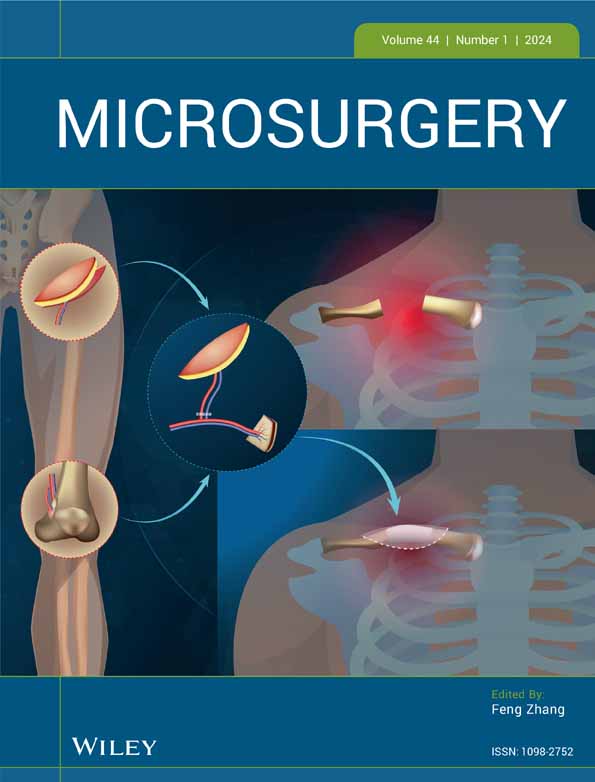Educational quality of YouTube content on brachial plexus injury and treatment
Abstract
Introduction
While surgical literature exists on birth-related brachial plexus injury (BPI), there are not validated sources of information on BPI for patients, which can impact patient autonomy and decision-making. With YouTube as a popular source for patients to research diagnoses, this study aims to evaluate the quality of information regarding BPI and its treatment available on the platform.
Materials and Methods
BPI YouTube videos were screened independently by two reviewers. Videos were categorized by source: (1) academic, government, and non-profit organizations; (2) private practices, companies, and for-profit organizations; (3) independent users. Each video was evaluated for reliability, credibility, and quality using the modified DISCERN criteria (scale, 0–5), Journal of the American Medical Association (JAMA) criteria (scale, 0–4), and Global Quality Scale (GQS; scale, 1–5). Surgical treatment videos were analyzed by the senior author using a modified “treatment” DISCERN criteria (scale, 8–40). Non-English videos were excluded from this study. Analysis of variance tests were used to compare means.
Results
One hundred and fifteen videos were selected for final analysis. The mean modified DISCERN score was 3.26; JAMA was 2.31; GQS was 3.48. Videos were subdivided according to source. Group 1, 2, and 3 had 45, 24, and 46 videos, respectively. Modified DISCERN score was greater for Group 1 than Group 2 (3.58 vs. 3.04, p < .001) and Group 3 (3.58 vs. 3.07, p < .001). JAMA score was greater for Group 1 than Group 2 (2.63 vs 2.15, p = .041) and Group 3 (2.63 vs. 2.08, p = .002). GQS score was greater for Group 1 than Group 2 (3.93 vs. 3.31, p = .031) and Group 3 (3.93 vs. 3.13, p < .001). Of the 34 videos (44.7%) that mentioned treatment, the DISCERN score was 14.32.
Conclusion
The videos analyzed were found to have moderate reliability, credibility, and quality. The reliability of information regarding treatments for BPI was poor. Healthcare providers should supply additional information on treatment of BPI.
CONFLICT OF INTEREST STATEMENT
The authors declare no conflicts of interest.
Open Research
DATA AVAILABILITY STATEMENT
The data that support the findings of this study are available from the corresponding author upon reasonable request.




